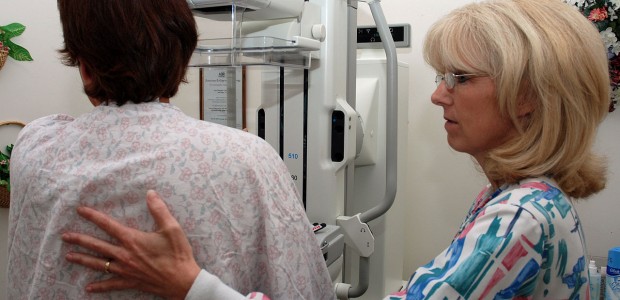Researchers recently completed an extensive review of half a century worth of studies on the benefits and risks that are associated with getting yearly mammograms. Overall, this method of breast cancer screening is linked to a nearly 20 percent drop in cancer mortality, but that’s not the full story.
This project has shown that several factors such as a woman’s family history and age do have a significant impact on determining if she will receive any benefit from these annual screening tests.
Providing a Solution to the Debate Over Mammograms
There have been a quite a debate waged over mammogram screenings, but this new report represents a serious attempt to establish a clear solution. Some recent cancer studies have cast some doubt over the value to be gained from regular screenings. The results of several studies suggested that mammograms saved significantly fewer lives than previously claimed.
“It would be easier for everyone if there was a clear, pre-specified pathway with a given risk profile, but we don’t have that because our data is not perfect and everyone is different,” explained Dr. Lydia Pace from the Brigham and Women’s Hospital in Boston. “I wish that we had more certainty.”
(Dr. Pace was the lead investigator for this extensive study.)
The U.S. Preventive Services Task Force Shakes Things Up
In the last several years, more American women have started scheduling annual mammograms after they reach the age of 40. Some criticism was levied against this growing practice in 2009 following an announcement from the U.S. Preventive Services Task Force. This independent group of leading experts had seen strong enough evidence that suggested that women of average risk for breast cancer could get mammograms every 2 years starting at age 50.

Then there were the results of the Canadian study that was just published this February. Data recorded over the course of a quarter century suggested that annual mammograms didn’t reduce the chances a woman would die of breast cancer. Researchers in this study also said that many of the abnormalities treated as a result of annual screenings would never have actually needed to be treated.
Although there seems to be significant evidence suggesting yearly mammograms are not needed, there are many advocacy organizations that still recommend them starting at age 40. Most outside of the U.S have adopted guidelines that closely mirror the U.S. Preventive Services recommendations.
How Many Lives Do Mammograms Save?
Dr. Pace and her investigative team compiled the results of several prior studies on the risks and benefits of mammograms to conduct their review. They concluded that annual mammograms did reduce breast cancer mortality by 19 percent on average. The real number would depend on the woman’s age.
Essentially, oncologists would accurately identify 190 invasive breast cancers for every 10,000 women in their 40’s getting annual mammograms. The test would save five of these women but 25 would succumb to their disease inspite of getting the mammogram.
Logically, the benefits are more pronounced for women in their 50’s who get annual mammograms. Research suggests that anywhere between 3 and 32 women are saved from breast cancer related deaths for every 10,000 screened over the next 15 years.
